Green shades, transformation, and emotion: Why Alan Moore’s brilliant “Swamp Thing” desperately needs to be brought to life via animation.
Alan Moore’s legendary run on Swamp Thing changed the face of comics for decades and, on a personal level, opened my mind.
I’m a writer, but my first love was art.
I grew up drawing, often on classwork or the back of tests. Sorry, teach.
Ever since I was exposed to Todd McFarlane’s art and the Spawn HBO series, I have never looked back. His gritty art style and writing on subjects like emotional torment or Hell were music in drawing form.
Moore’s Swamp Thing came along later in life, but boy, did it strike a chord.
Imaginative and detailed art has always been my calling card. So when this psychedelic puppy arrived, I was obsessed. With each passing page, artists Stephen Bissette and John Totleben poured their hearts into their creations.
Often, the panels were elongated, slanted, and misshapen. This was years before Image Comics when such a thing became a 90’s comic norm.
Bissette and Totleben seemed to be hell-bent on innovating. And it shows.
Like the plant elemental himself, the pages sprawled and grew into different shapes. As characters screamed or as Swamp Thing morphed, the barrier between you and them became flimsy. You could reach into the Louisiana heat or feel the supernatural fly crawling inside Matt Cable’s mouth. It’s all thanks to the equally immersive art and writing.
Art was far from the only innovative thing about the run, however.
Moore’s Swamp Thing also revolutionized comics with topics ranging from nuclear to female rage. The latter, interestingly enough, was told as a werewolf story.
Moore’s work will forever be revered in the comic book world. However, it should wear another skin as a dark and psychedelic animated series.
If there’s one thing the Spawn animated series proved, there’s room for dark adult animation, subject matter-wise and, artistically speaking, shadow-wise. Throw in psychedelic colors/ images, and we have a perfect Swamp Thing animated adaptation.
In fact, I can’t get a Swamp Thing anime adaptation — with visuals in the vein of HBO’s Spawn and psychedelic elements — out of my mind.
It sings just like Moore’s comic. The animation studio MADHOUSE Inc. comes to mind as I see a Gotham torn apart by Swamp Thing’s wrath or as Swamp Thing’s lover, Abby, bites into food from his back, initiating a psychedelic connection.
It’s off into the far reaches of space touched by the plant elemental. It’s on the cold, blue Twilight Zone appropriate planet he lands on. It’s also on the incubator-like medical container the leafy creature rises up from, like Frankenstien’s monster, to learn later he isn’t what he thought he was.
An animated series steeped in shadows and psychedelic colors would properly portray this existential crisis via unconventional camera angles and body movement.
From Cowboy Bebop’s fast, fluid, and jazz-like visuals to Akira, anime has painted our TVs with striking imagery. A comic series with such rich visuals deserves to get in on this.
Swamp Thing himself speaks slowly and walks with changing foliage believably like an anthropomorphic colony of vegetation. Animation would bolster this, giving it the kind of grace and an appropriate sense of power needed. After all, the creature becomes a colossal part of the earth and floats into the warmth of The Green.
Animation is pure expression, which would serve these situations well.
The Green is like a realm Swamp Thing often dives into. It’s like he’s transported into another world ruled by warm vegetation. Animation would capture this with the personality it deserves – with or without a darker tone.
Animation is pure expression, yes, but it’s also pure style, which is Moore’s Swamp Thing — from the story to the inks and colors.
The colors in this run, especially the recolored pages in the hardcover Absolute Swamp Thing books, make the already engrossing art pop. They make the world feel alive and within reach. The blues and reds, especially in close-up shots, always sell the emotion. I still marvel at these editions and pull them out mostly for the art.
In one image, Abby is ensnared in a yellowish-golden hue, and rotten things inside her are curled on the ground. There’s a strong sense of being overwhelmed, stunned, and stuck. Another image shows another plant creature looking outside a cold and blue window with what looks like red wine and a red eye.
The colors and the panel shape make this something readers have to see. They help set the mood for the image.
Animation, known for flashy visuals bearing emotional depth, would accurately set these moods.
Combined with the inks, the recolored pages also give the tales a stronger sense of movement – like moving under an ocean full of death and life. It’s a natural color pallet for psychedelic animation. This water-like movement would work beautifully in animation, given how fluid and free-flowing animation is.
This is especially true if artists render it in a dreamy state of multiple speeds.
Also, many of the panels in Moore’s Swamp Thing feature intense emotion – whether it’s passionate love or fear, often conveyed through close-ups. Up close, you can feel the rage in Swamp Thing’s red eyes as he’s in the middle of a shocking identity revelation.
Anime, as histrionic as it is, is fertile ground for these emotional states.
Intermixed between the emotions are sometimes world and city-threatening scenarios beset by bizarre entities. Again, it’s prime anime territory.
As sought out as anime is now, there’s even more reason for an animated adaptation. Besides, anime and weirdness go hand-in-hand. In general, there seems to be a hunger for cultural differences and innovative ideas. A24 wouldn’t be as popular as it is if this weren’t the case.
Moore’s Swamp Thing is weirdness in spades.
For starters, it’s the story of a plant who thought he was a man. His existential journey takes him into the dark side of America, where he meets, for example, a decaying man representative of nuclear consequences and nuclear addiction. In space, he comes across a mechanical entity penetrating his form as part of a procreation process. It’s like a surgeon performing major surgery on a patient.
After Abby eats food from Swamp Thing’s back, you step into multiple Dali paintings depicting nature. But during the ’60s. Annnddd, you’re also hearing Neil deGrasse Tyson philosophize on the beauty of nature while John Lennon speaks of love.
So, yeah, all the weird.
Besides, Moore’s Swamp Thing run needs the level of detail seen in older animations like Spawn or Afro Samurai. This is a golden opportunity for more hyper-detailed animation. As much as I love anime and want to see new art styles, I can’t help but think, with exceptions, modern anime is a downgrade.
If done correctly, a Swamp Thing anime could be just what the industry needs. Let’s set a new standard for animation by honoring the past.


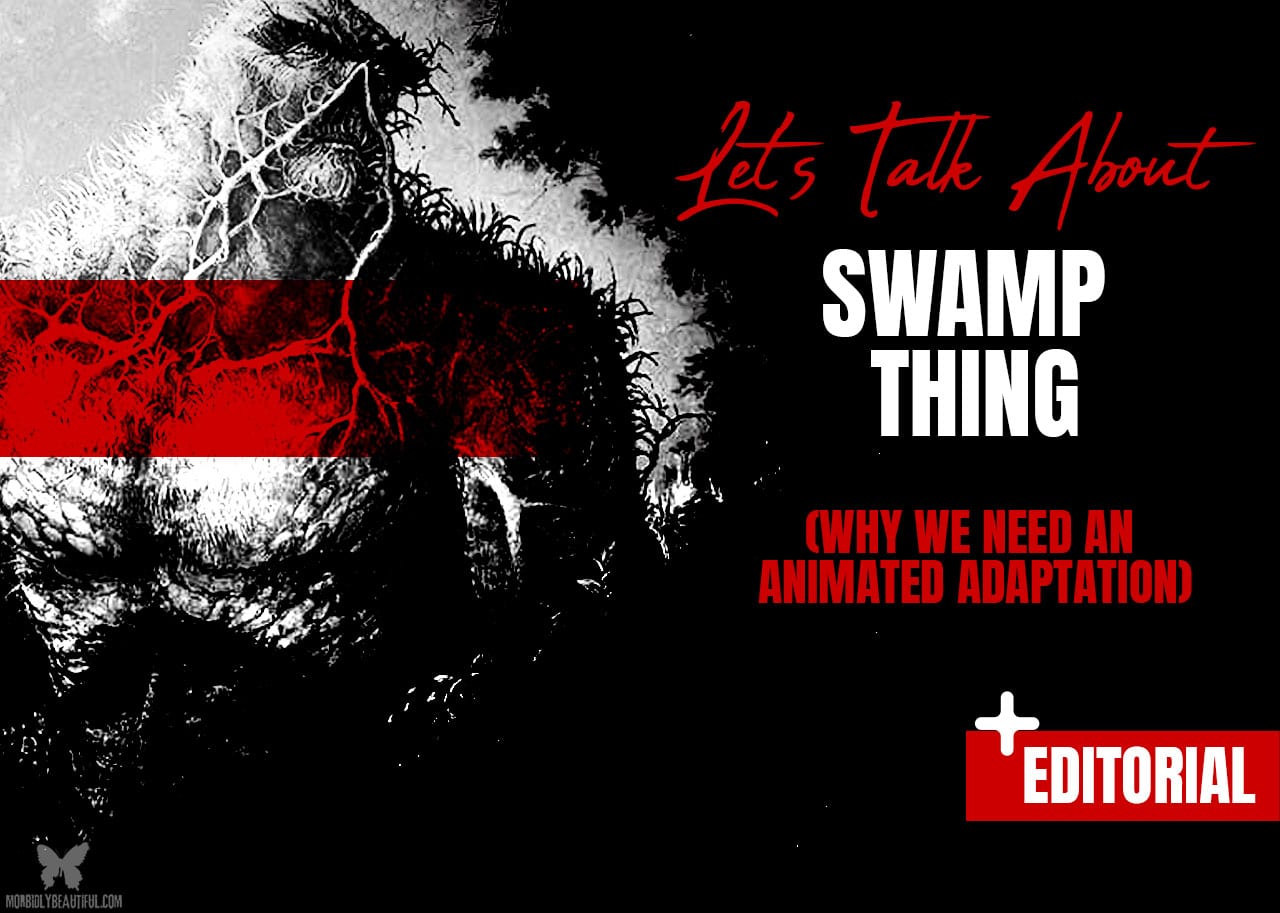
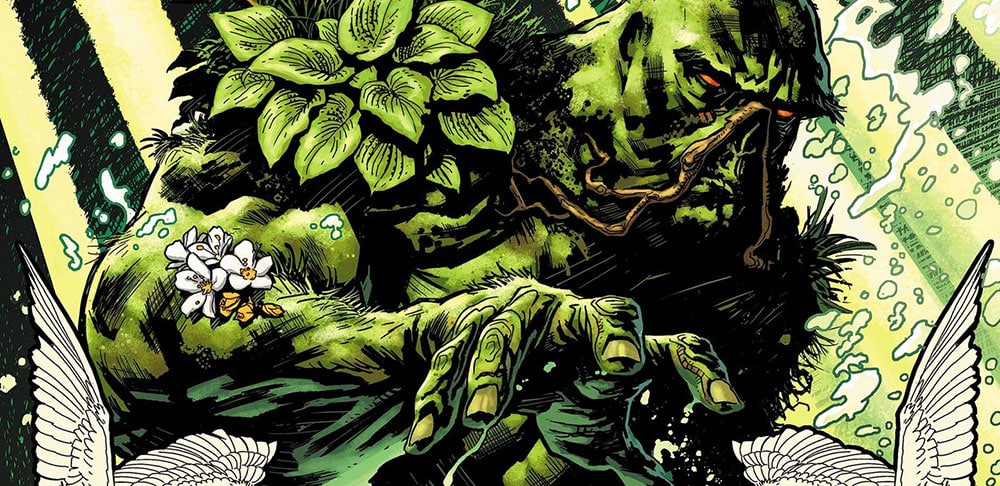
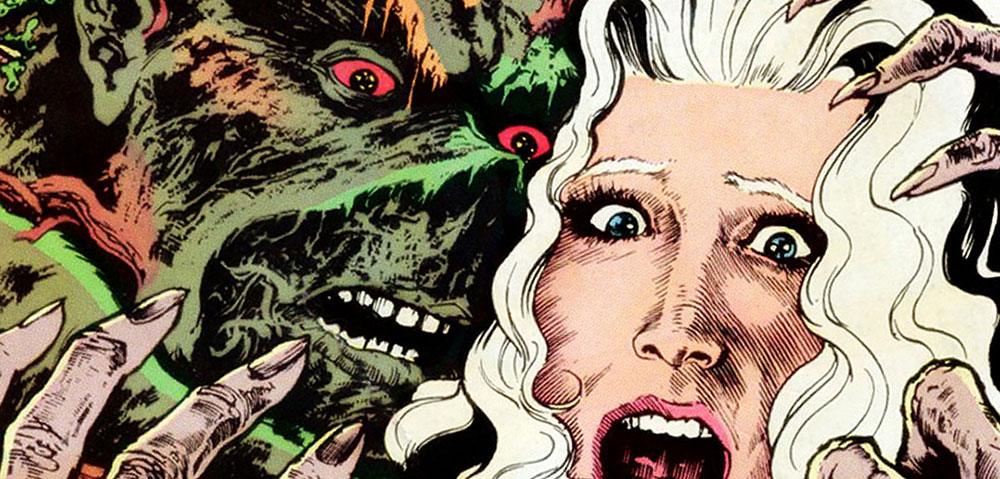
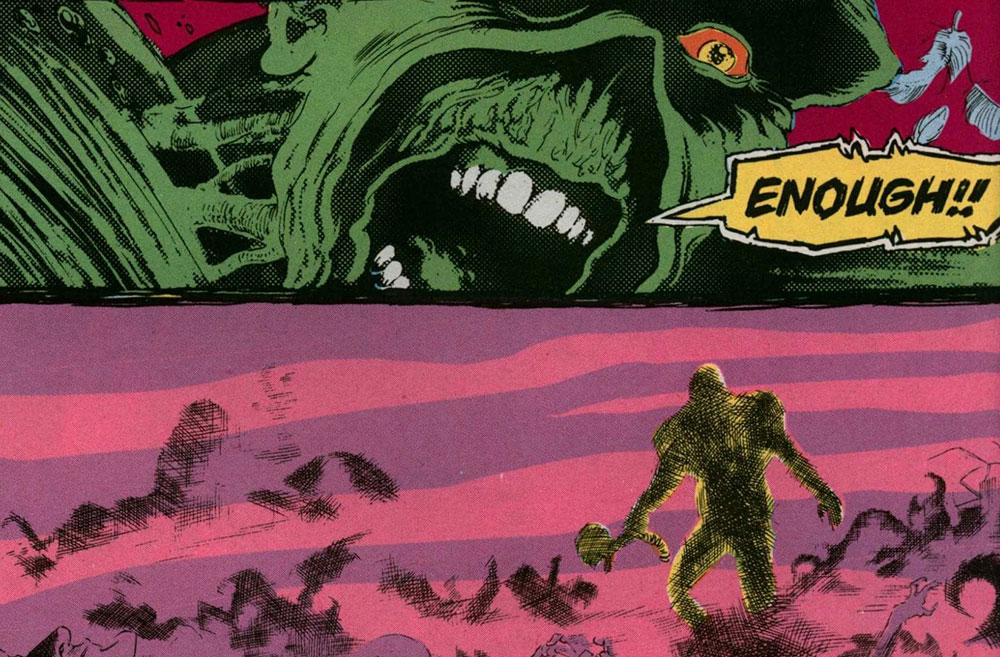
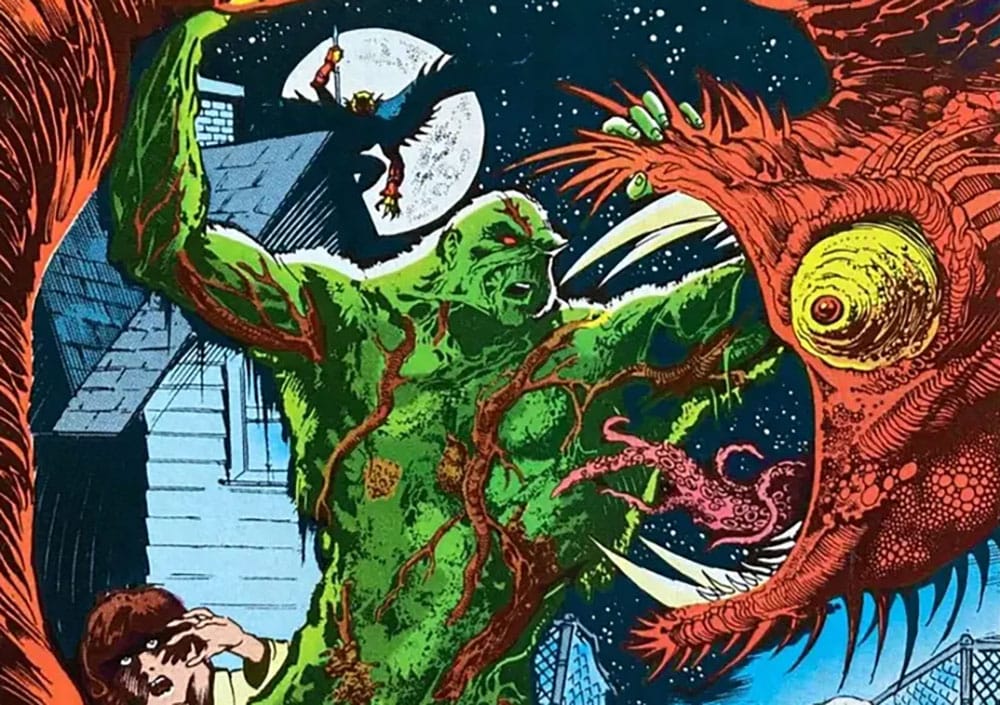
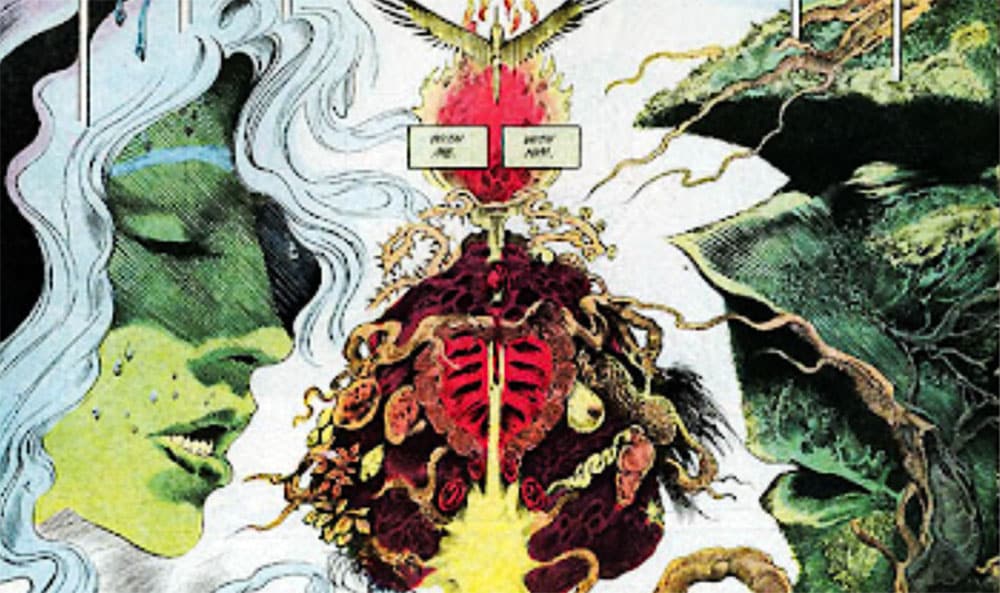

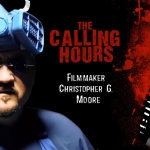
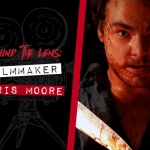
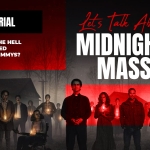


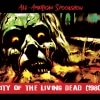








1 Comment
1 Record
Silvanus Slaughter wrote: